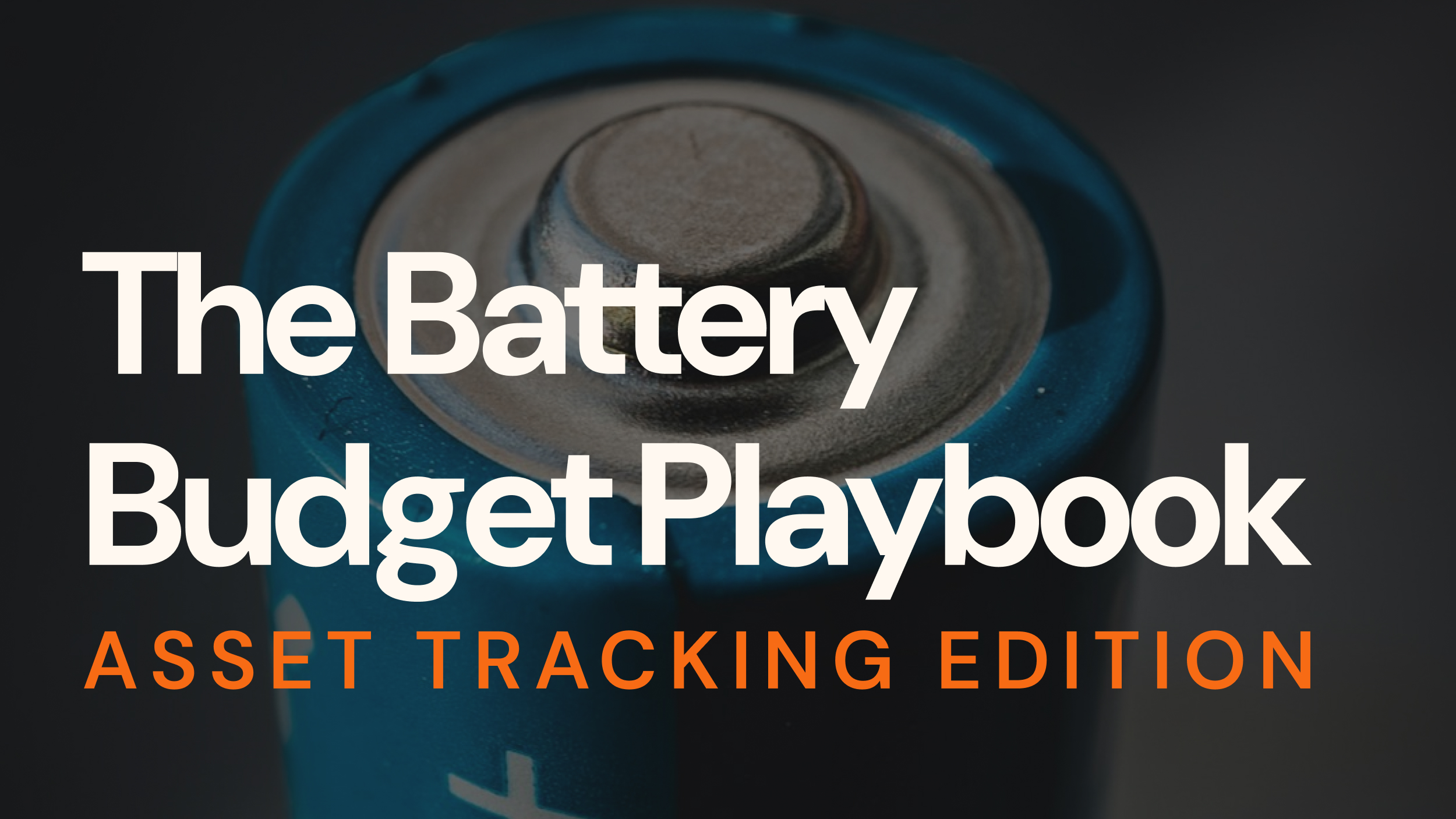Over 4 billion IoT devices connected in 2024, but choosing the right data plan remains a challenge.
In this guide, we’ll take a closer look at the complexities of IoT data plans, outlining key options like pay-as-you-go, high-volume, prepaid, and testing plans to help you choose the best fit for your IoT project and avoid costly mistakes.
Whether you’re launching your first pilot or scaling an existing deployment, your connectivity choice can make the difference between a project that thrives and one that drowns in unnecessary costs.
Table of Contents
Why traditional cellular IoT data pricing fall short
Here’s something many businesses discover the hard way: consumer-grade data plans just aren’t built for IoT deployments.
While consumer devices may need to connect to 1-2 networks per day, IoT devices might need to communicate across 3-5 different networks in multiple countries.
Industrial sensors often operate in harsh environments, tracking devices need reliable cross-border connectivity, and deployments can involve managing hundreds or thousands of devices simultaneously.
Understanding your IoT data plan options
The 4 IoT data plans you should consider are:
- Pay-as-you-go IoT data plans
- High volume IoT data plans
- Buy once (Prepaid) IoT data plans
- Testing and development IoT data plans
Let’s break down them down one by one with real-world implications for each.
Pay-as-you-go IoT data plans
Pay-as-you-go plans (PAYG) have become the gold standard for modern IoT deployments, offering unmatched flexibility and cost control. With PAYG, you’re only charged for the actual data your devices consume, making it incredibly efficient for most IoT applications.
Key advantages:
High volume IoT data plans
When it comes to data-intensive IoT applications, high volume plans become pretty crucial. Research from an Ericsson Mobility Report shows us what “high volume” actually means in practice: during peak periods, IoT deployments can consume up to 24GB per hour across a device fleet, while individual devices might use around 30KB per hour. These aren’t just numbers — they’re crucial benchmarks for planning your deployment.
Here’s what makes high volume plans different:
- Predictable costs for high-usage scenarios
- Premium network access
- Optimized for continuous operation
For applications like video surveillance, real-time monitoring, or large-scale sensor networks, these plans offer the consistent, heavy-duty performance you need to keep your operation running smoothly.
Buy once (Prepaid) IoT data plans
While not always ideal in modern IoT deployments, prepaid data plans serve a specific niche in the market. These plans let you purchase a fixed amount of data upfront that never expires, which can work for projects with very predictable usage patterns or fixed timelines.
Key benefits:
- One-time purchase
- Good for fixed-timeline projects
- Ideal for devices with predictable usage patterns
The main consideration? You’ll need to accurately estimate your total data needs upfront to avoid over-purchasing which can be a costly commitment to make up front, and even costlier down the road as device firmware continues to evolve.
If you need help reducing your data overhead, network software Cloud Connectors can help you save both on data and costs.
Looking to improve the data transmission efficiency of your IoT devices? Using Cloud Connectors can reduce power usage by 45–46%, while keeping your data secure. Download the Connectors white paper to learn more.
Testing and development IoT data plans
During the testing and development phase, you need flexibility without long-term commitments. Think of it as a sandbox for your IoT deployment — a safe space to figure out what actually works before going all in.
Key advantages:
- Freedom to experiment with different device configurations
- No long-term commitment required
- Pooled data across multiple test devices
- Perfect for proof-of-concept phases
- Helps identify potential scaling issues early
For example, if you’re testing a fleet of 20 devices with various configurations, you might discover that some setups use 10 times more data than others. That’s exactly the kind of insight you want before rolling out thousands of devices.








